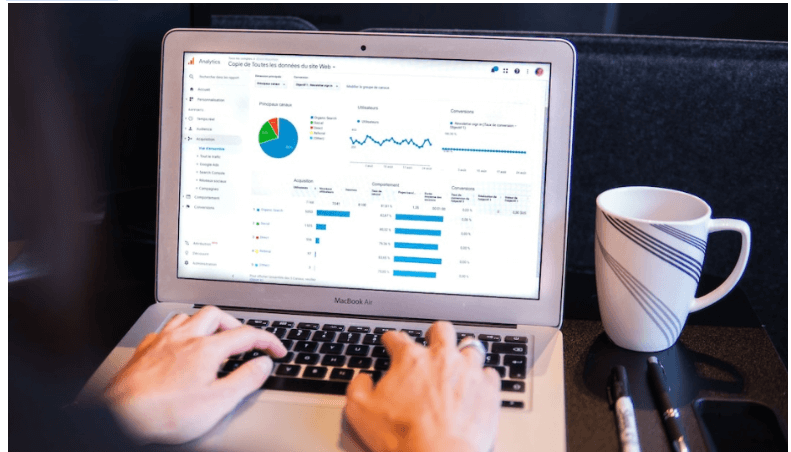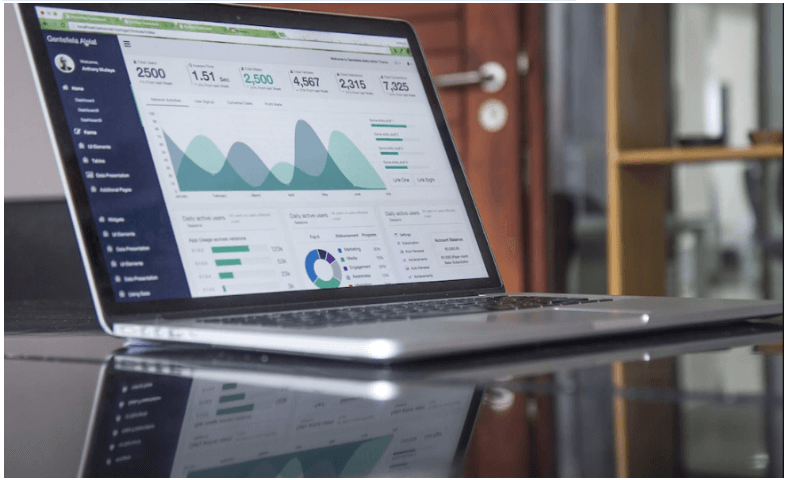The beauty of charts lies in their ability to visualize data in a manner that makes it easy for us to notice patterns, trends, and correlations. They present complex statistics in a simple, digestible format, enabling quick insight and decision-making. In this article, we dive deep into the world of data charts and how they streamline data analysis.
The Pivotal Role of Charts in Data Analysis
Charts play a significant role in data analysis by easing the comprehension of complex datasets. When represented textually or numerically, data can be hard to decipher and make sense of. It could consume a significantly large amount of time just to understand what the data is about. However, once transformed into a chart, the same information can be understood at a glance, thus speeding up the process of data analysis tremendously.
Different chart types serve different purposes in data analysis. They could be used to illustrate trends over time, compare categories, or demonstrate a part-to-whole relationship. The use of appropriate charts enhances the accuracy of the analysis as it aids in revealing the hidden patterns and insights locked within your data with clarity.
Furthermore, charts make it easier to present your findings. They simplify the data into an easily digestible format, thus enabling even those who aren’t data-savvy to draw logical conclusions from the data represented.
Understanding the Different Types of Charts in Data Analysis

In order to effectively utilize charts in data analysis, it’s important to understand the different types of charts and how to use them. Bar charts, for instance, work well when you are comparing quantities across categories. They provide a clear vision of disparities within the data, instantly making it apparent which categories abundantly dwarf or drastically lag behind others.
Line charts, on the other hand, perform exceptionally when tracking changes or trends over a period of time. They help in identifying any consistency or inconsistencies in data over time with clarity and precision. Moreover, they make it easy to detect when and how dramatic changes occurred, thus facilitating strategic decision-making.
Then, we have thepie chart, which excels in representing proportions or percentages among categories. It gives a visual perspective of the whole and allows for proportional comparisons. It’s easy for viewers to compare sections within the pie chart and instantly understand the proportional distribution among multiple categories.
Harnessing the Power of Visual Perception in Data Analysis
Our brains process visual information significantly faster than textual data. This is why charts have such a strong influential role in data analysis. A good chart can quickly reveal the underlying patterns in the data, which might be almost impossible to detect from raw data alone.
In the context of data science, when dealing withbig data, using charts for data visualization becomes crucial. Without visualization, important trends or outliers might go unnoticed, but visualizing the data makes it easy to spot these, often leading to valuable insights that affect strategic decision-making. Additionally, having visual representations of data patterns and trends can enhance the data storytelling process, making it more engaging and persuasive.
Charts are also an excellent tool for exploratory data analysis, wherein you are not entirely sure of what you are looking for in the data. They allow you to visually explore the data, stimulating hypothesis generation and guiding subsequent data analysis procedures.
Improving Communication through Charting
As data becomes more and more integral to ourdecision-making processes, it’s important to find ways to translate this data into a form that many people can understand and gain insights from. This is where charts come into play. Charts provide an effective and efficient way to communicate complex data. A simple bar or line chart can often convey a message more clearly than a paragraph of text.
In addition to making it easier for a wider audience to understand and appreciate data, charts also aid in avoiding misinterpretations and confusion. They take out the complexities of data interpretation and put everyone on the same page, leading to better-informed and more strategic decisions.
When paired with narratives, chart presentations can be powerful storytelling tools in business and research contexts, conveying your findings and ideas effectively, persuasively, and with greater impact.
Overall, understanding and utilizing charts in data analysis is an essential skill in the modern world. As data continues to play a bigger role in our lives, charting is poised to become even more significant in the future.




